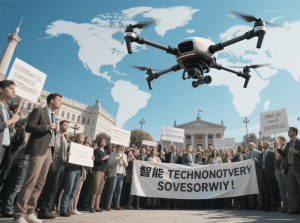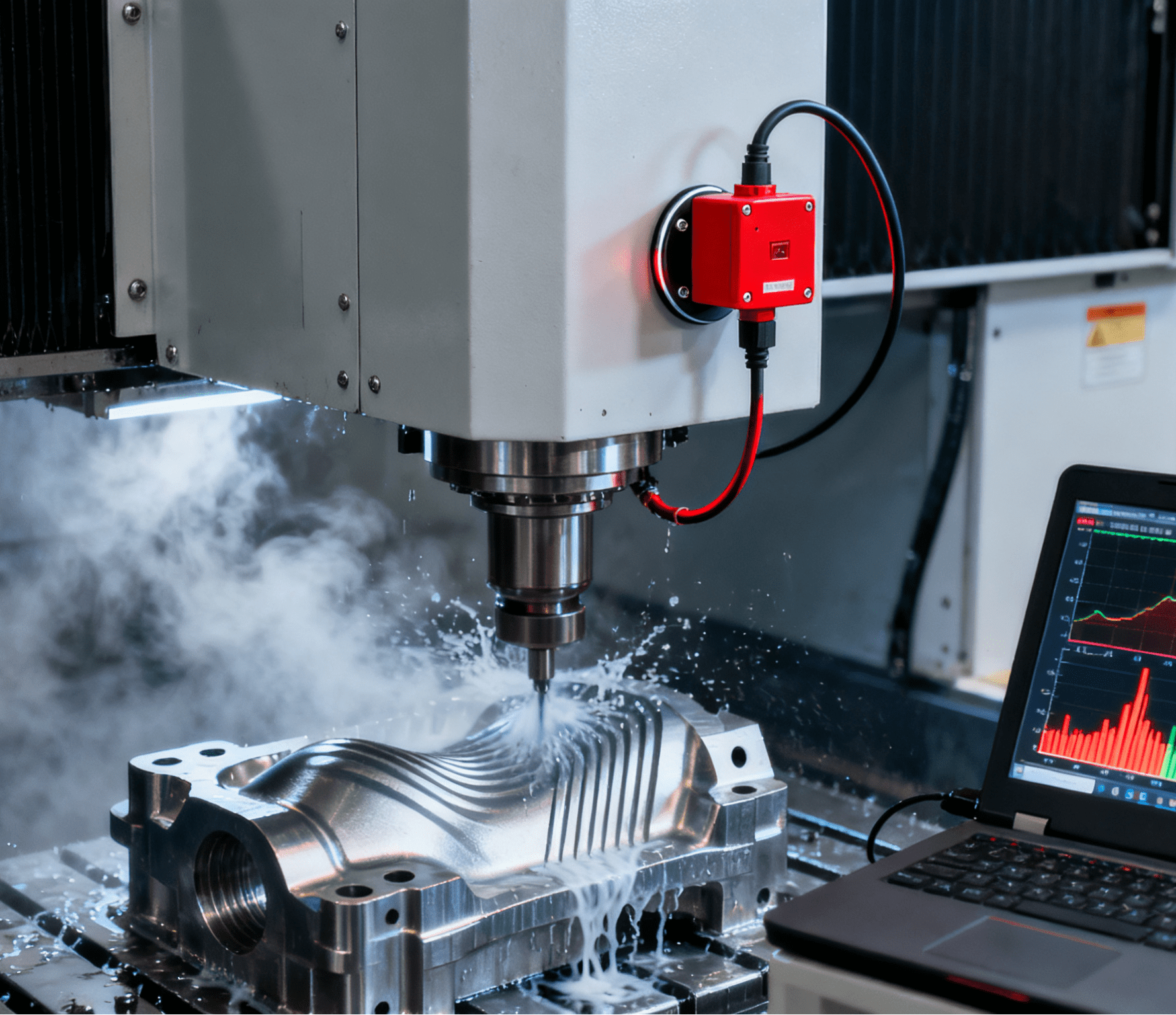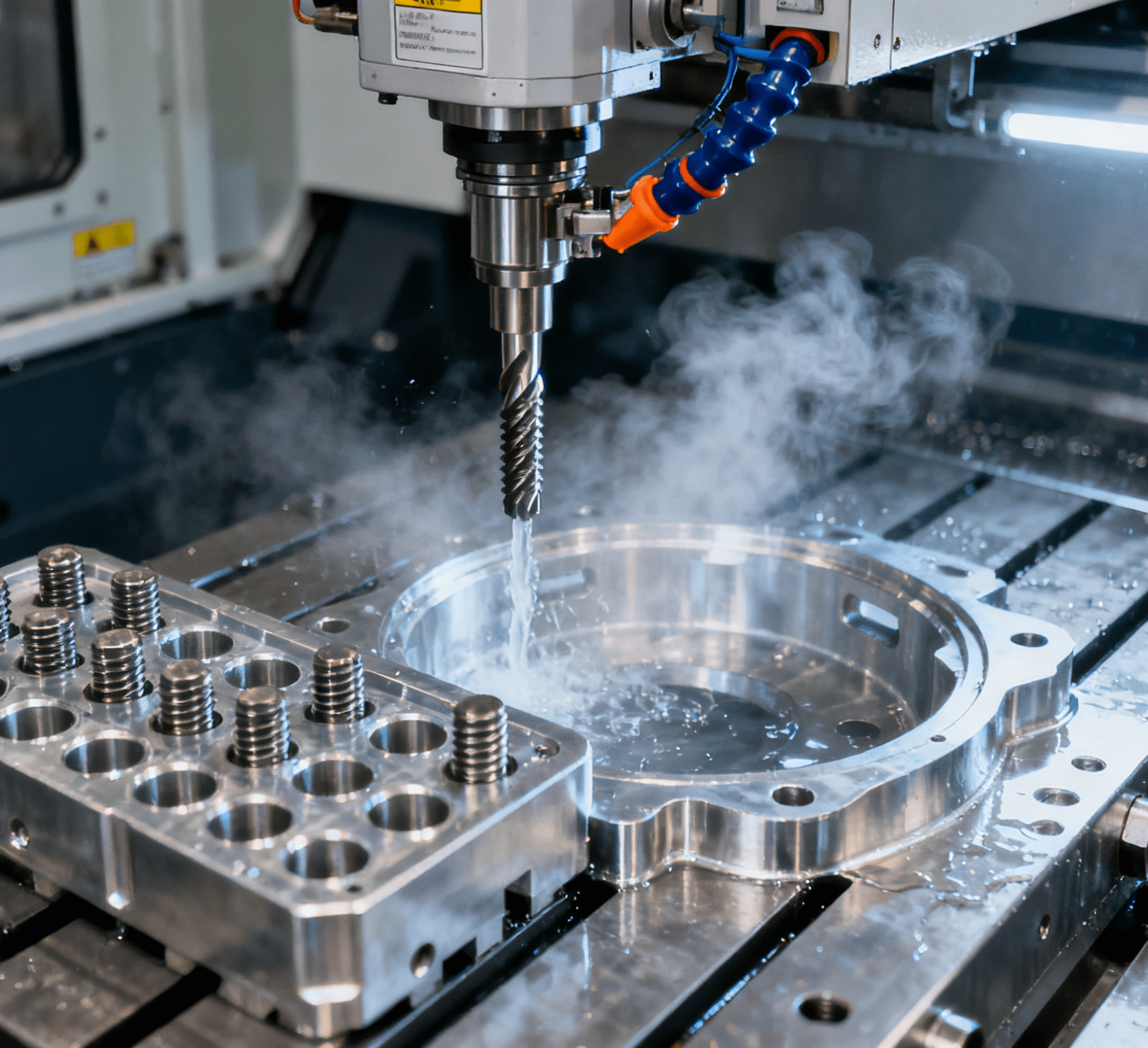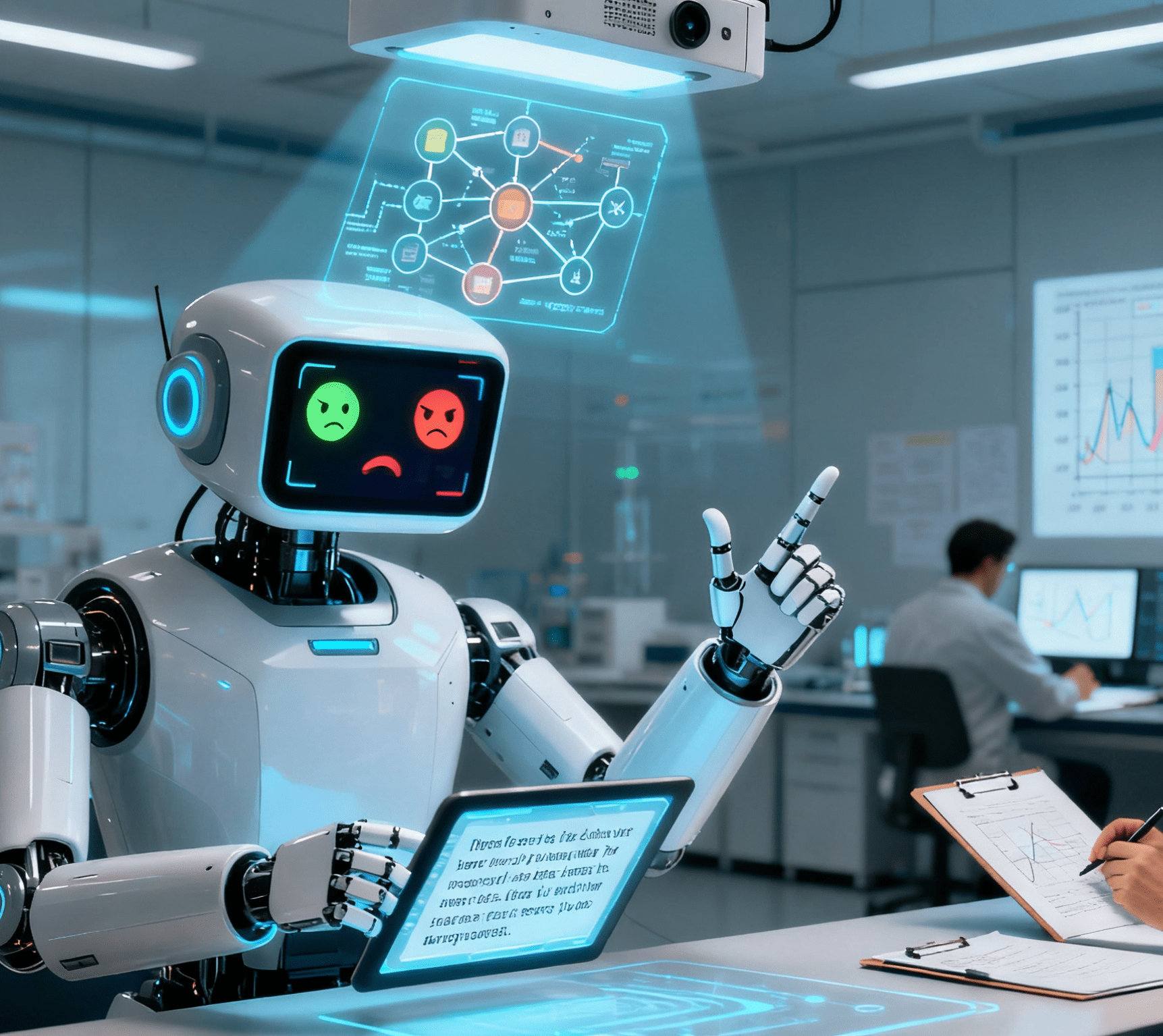Not Your API, Not Your Intelligence: Rediscovering Sovereignty in the Age of Intelligent Automation

The dawn of intelligent automation has reshaped industries, from industrial automation systems optimizing factory floors to automation equipment streamlining global supply chains. Yet, beneath the promise of efficiency lies a philosophical reckoning: Who truly controls the intelligence driving these systems? At AI Week, a speaker sounded a clarion call: “Not your API, not your intelligence,” drawing a stark parallel to the crypto world’s “Not your keys, not your coins.” The message is urgent: When relying on external APIs for AI, businesses and individuals surrender ownership of their cognitive power, relegating themselves to mere users in a centralized ecosystem.
The Illusion of Convenience in Centralized AI
Today’s dominant AI tools—ChatGPT, Copilot, and others—operate as centralized “intelligence-as-a-service.” Users entrust their data to distant servers, unaware that every query enriches corporate datasets, every interaction is subject to arbitrary rules, and access can vanish with a server shutdown. This model mirrors the early days of industrial automation, where manufacturers depended on proprietary machinery controlled by suppliers. Just as factories once broke free with open-standard automation equipment, the AI revolution now demands liberation from centralized control.
AI Sovereignty: A Decentralized Vision for the Future
The solution, as articulated by projects like QBack, is AI sovereignty—a decentralized infrastructure where intelligence resides locally, on devices ranging from smartphones to industrial machines. Imagine a factory floor where AI-driven robots operate offline, using peer-to-peer networks and blockchain encryption to share insights without a central data hub. No API keys, no corporate oversight—just autonomous, interoperable systems that prioritize privacy and ownership. This isn’t sci-fi; it’s a pragmatic fusion of proven technologies:
- BitTorrent: For serverless communication between devices, ideal for automation equipmentin remote factories.
- Blockchain: To secure data integrity and enforce privacy-by-design in intelligent automation
- Open Source: Ensuring transparency, so manufacturers can audit and adapt AI models to their unique needs, much like customizing industrial machinery.
Decentralization in Action: From Translation to Health
Prototypes like Cuba Translate and Cuba Health prove this vision is achievable today. Cuba Translate operates entirely offline, translating languages on-device without cloud dependency—reminiscent of standalone automation equipment that functions independent of centralized control systems. Similarly, Cuba Health processes biometric data locally, mirroring how smart factories now use edge computing to analyze machine data in real time, without sending sensitive operational insights to external servers. These tools reject the “one-size-fits-all” model of centralized AI, offering instead a blueprint for sovereign, user-centric intelligence.
A Dystopia to Avoid: The Risks of Centralized Control
The speaker posed a chilling scenario: “1 billion intelligent robots, all tethered to a single corporate data center.” In the realm of industrial automation, this would mean every factory’s automation equipment—from robotic arms to predictive maintenance systems—controlled by a single entity. Such monopolization threatens not just innovation but operational sovereignty. Decentralized AI disrupts this trajectory, enabling manufacturers to deploy AI agents that learn from their unique workflows, adapt to local constraints, and evolve without corporate approval.
Conclusion: Taking Back the Reigns of Intelligent Automation
The debate over AI ownership is not merely technical; it’s a battle for digital self-determination. Just as industrial automation empowered factories to produce without reliance on artisanal labor, decentralized AI empowers organizations to innovate without surrendering control to tech giants. The message is clear: If you can’t train it, tweak it, or run it offline, it’s not your intelligence.
As QBack’s SDK readies for launch, the tools to build sovereign AI are within reach. The choice is ours: continue delegating cognitive power to external APIs, or embrace a future where intelligent automation serves us, not the other way around. In the words of the crypto ethos: Own your keys, own your coins. In AI, the mantra must be: Own your intelligence, own your future.
The revolution isn’t just in the code—it’s in reclaiming control of the systems that define our industrial and intellectual landscapes.
Not Your API, Not Your Intelligence: Rediscovering Sovereignty in the Age of Intelligent Automation
The dawn of intelligent automation has reshaped industries, from industrial automation systems optimizing factory floors to automation equipment streamlining global supply chains. Yet, beneath the promise of efficiency lies a philosophical reckoning: Who truly controls the intelligence driving these systems? At AI Week, a speaker sounded a clarion call: “Not your API, not your intelligence,” drawing a stark parallel to the crypto world’s “Not your keys, not your coins.” The message is urgent: When relying on external APIs for AI, businesses and individuals surrender ownership of their cognitive power, relegating themselves to mere users in a centralized ecosystem.
The Illusion of Convenience in Centralized AI
Today’s dominant AI tools—ChatGPT, Copilot, and others—operate as centralized “intelligence-as-a-service.” Users entrust their data to distant servers, unaware that every query enriches corporate datasets, every interaction is subject to arbitrary rules, and access can vanish with a server shutdown. This model mirrors the early days of industrial automation, where manufacturers depended on proprietary machinery controlled by suppliers. Just as factories once broke free with open-standard automation equipment, the AI revolution now demands liberation from centralized control.
AI Sovereignty: A Decentralized Vision for the Future
The solution, as articulated by projects like QBack, is AI sovereignty—a decentralized infrastructure where intelligence resides locally, on devices ranging from smartphones to industrial machines. Imagine a factory floor where AI-driven robots operate offline, using peer-to-peer networks and blockchain encryption to share insights without a central data hub. No API keys, no corporate oversight—just autonomous, interoperable systems that prioritize privacy and ownership. This isn’t sci-fi; it’s a pragmatic fusion of proven technologies:
- BitTorrent: For serverless communication between devices, ideal for automation equipmentin remote factories.
- Blockchain: To secure data integrity and enforce privacy-by-design in intelligent automation
- Open Source: Ensuring transparency, so manufacturers can audit and adapt AI models to their unique needs, much like customizing industrial machinery.
Decentralization in Action: From Translation to Health
Prototypes like Cuba Translate and Cuba Health prove this vision is achievable today. Cuba Translate operates entirely offline, translating languages on-device without cloud dependency—reminiscent of standalone automation equipment that functions independent of centralized control systems. Similarly, Cuba Health processes biometric data locally, mirroring how smart factories now use edge computing to analyze machine data in real time, without sending sensitive operational insights to external servers. These tools reject the “one-size-fits-all” model of centralized AI, offering instead a blueprint for sovereign, user-centric intelligence.
A Dystopia to Avoid: The Risks of Centralized Control
The speaker posed a chilling scenario: “1 billion intelligent robots, all tethered to a single corporate data center.” In the realm of industrial automation, this would mean every factory’s automation equipment—from robotic arms to predictive maintenance systems—controlled by a single entity. Such monopolization threatens not just innovation but operational sovereignty. Decentralized AI disrupts this trajectory, enabling manufacturers to deploy AI agents that learn from their unique workflows, adapt to local constraints, and evolve without corporate approval.
Conclusion: Taking Back the Reigns of Intelligent Automation
The debate over AI ownership is not merely technical; it’s a battle for digital self-determination. Just as industrial automation empowered factories to produce without reliance on artisanal labor, decentralized AI empowers organizations to innovate without surrendering control to tech giants. The message is clear: If you can’t train it, tweak it, or run it offline, it’s not your intelligence.
As QBack’s SDK readies for launch, the tools to build sovereign AI are within reach. The choice is ours: continue delegating cognitive power to external APIs, or embrace a future where intelligent automation serves us, not the other way around. In the words of the crypto ethos: Own your keys, own your coins. In AI, the mantra must be: Own your intelligence, own your future.
The revolution isn’t just in the code—it’s in reclaiming control of the systems that define our industrial and intellectual landscapes.




















